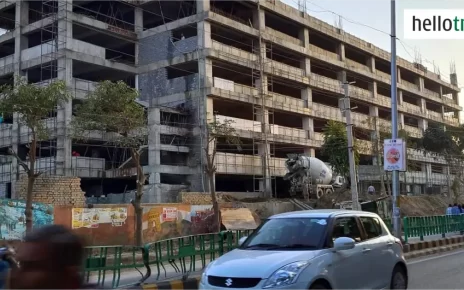In his annual budget speech, Himachal CM Jai Ram Thakur had said the state government was planning a policy that’ll allow controlled cultivation of cannabis or hemp in the state. This means the state wants to legalise commercial cultivation of the plant for non-recreational uses such as making medicines and fabrics.
CM Jai Ram Thakur had said, “The cannabis produced in the state is of high quality and there is potential to undertake its controlled cultivation. Under the NDPS Act, 1985, there are provisions for its cultivation, production, maintenance and transportation.”
Himachal Pradesh is not the first state to legalise this for medicinal purposes and industrial use to boost its economy. Neighbouring Uttarakhand did so in 2017 followed by Madhya Pradesh.
Isn’t cannabis cultivation illegal in India?
In 1985, India banned the cultivation of cannabis plant under the Narcotic Drugs and Psychotropic Substances (NDPS) Act. But this Act allows state governments to allow controlled and regulated cultivation of hemp for obtaining its fibre and seed for industrial or horticultural purposes.
In December 2020 India had voted in favour of removing cannabis and cannabis resin from the list of most dangerous substances. The UN Commission on Narcotic Drugs (CND) voted to remove cannabis from Schedule IV of the 1961 Single Convention on Narcotic Drugs where it was listed alongside deadly, addictive opioids, including heroin.
What are the uses of hemp?
Hemp, the plant from which charas is extracted as resin, grows in the wild in all districts of the state barring Lahaul and Spiti. In parts of Himachal such as Kullu and Mandi, hemp had traditionally been used for making footwear, ropes, mats, food items, etc. Its seeds can also be used for making paint, ink and biofuel. Globally, its products are increasingly being used for health and medicinal purposes, and the plant has also been used to make building material.



